Most people don’t put a North Korean restaurant on the top of their must-visit list – whether it’s because they think the food will pale in comparison to its South Korean counterpart, or that it’s morally wrong to pay for a meal that goes directly into Kim Jong Un’s pocket. These chain restaurants, owned and operated by the North Korean government, are most often overlooked.

Image by Sophie Steiner/That's
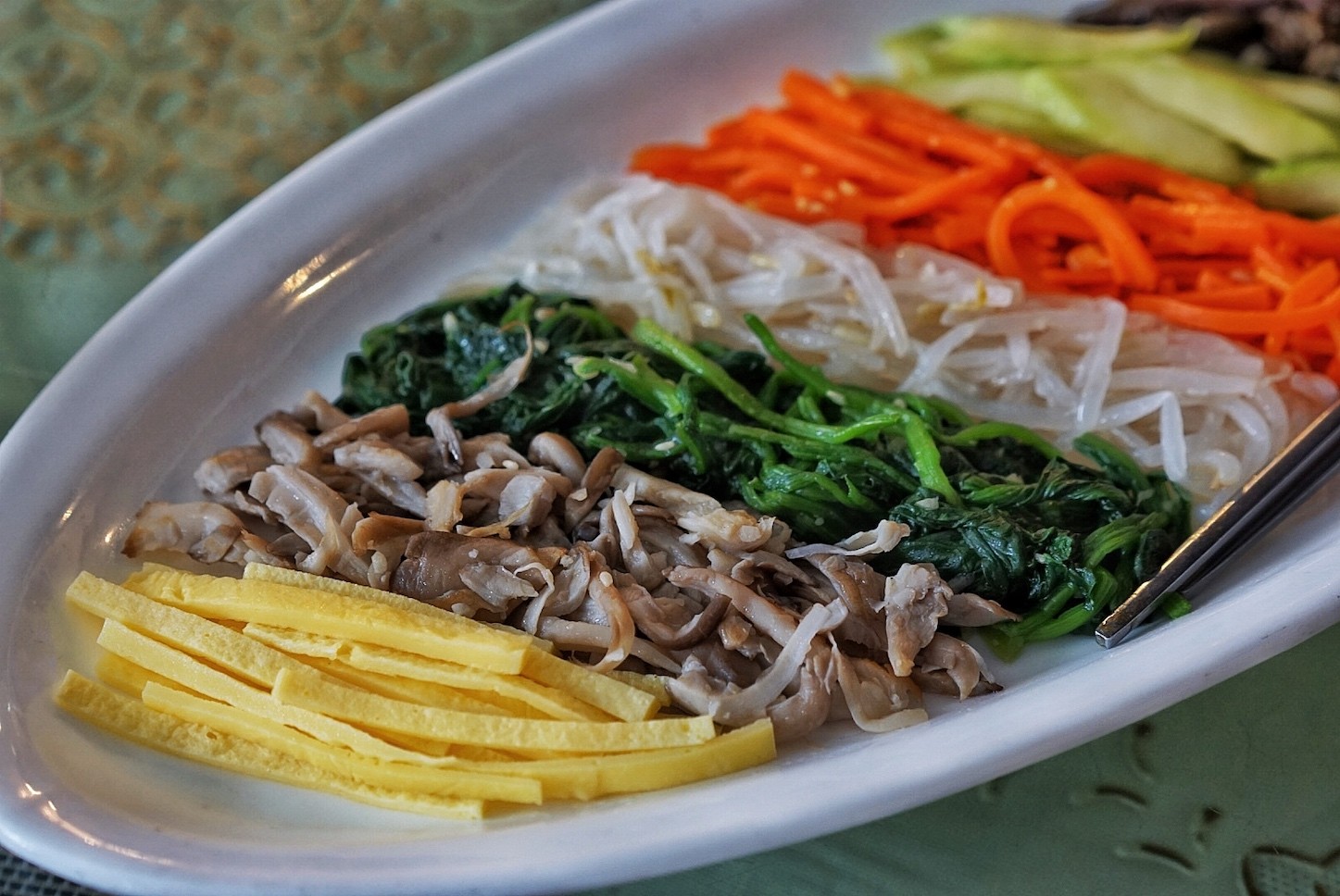
Image by Sophie Steiner/That's
However, we stopped into a Pyongyang restaurant as an opportunity to experience a slight glimpse into the uncanny culture, food and people hailing from one of the most secretive countries in the world – without actually visiting the place.

Image by Sophie Steiner/That's
Pyongyang Korean Restaurant is part of a chain of roughly 130 restaurants spread across 12 Asian countries (the majority of which are in China) that are fully owned and ran illegally – according to the UN – by the North Korean government.
UN Resolution 2375, passed in September 2017, prohibits the “operation of all joint ventures or cooperative entities, new and existing, with [Democratic People’s Republic of Korea] entities or individuals, whether or not acting for or on behalf of the government of the DPRK.”
However, Shanghai still has three branches associated with the Hermit Kingdom – one in Gubei, a district known for its concentrated Korean and Japanese expat population, and two in Pudong.
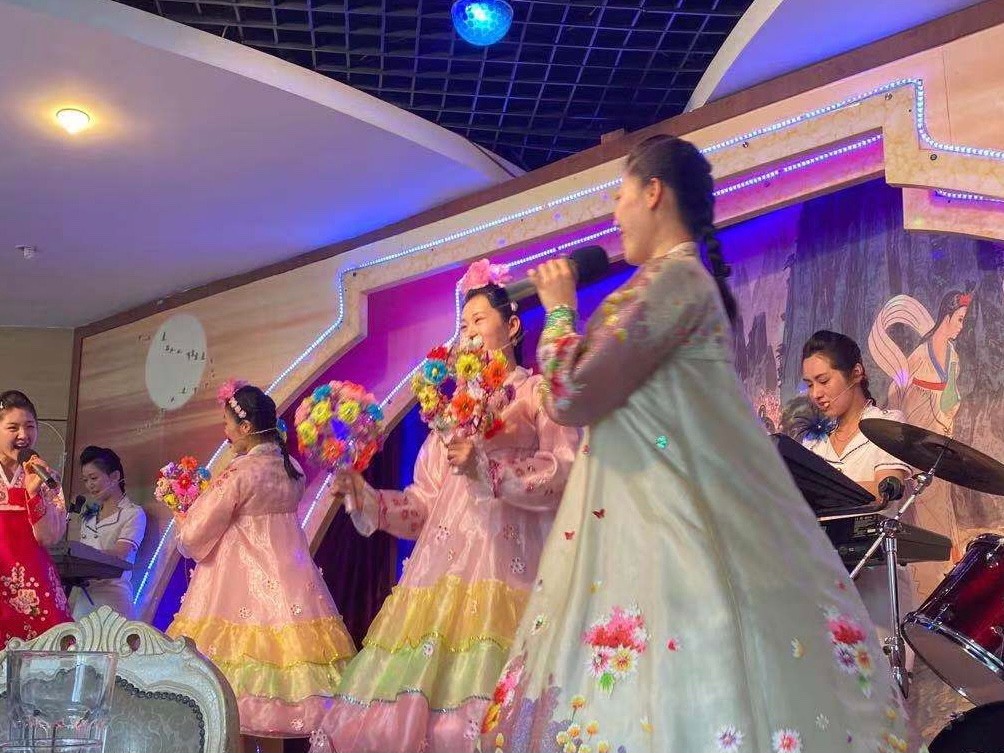
Image by Sophie Steiner/That's
Upon entering, we were greeted by women wearing hanbok (traditional Korean dresses), with high-pitched, cartoon-like voices that you would expect to see coming out of Japanese anime, and – unnervingly – large smiles to match.
There are many staff, all women, who seem to look after each other, in both meanings of the phrase – a mix of support and monitoring. The Pyongyang waitresses are supposedly chosen for their language skills and appearance – one that compliments coordinated outfits. We saw no male staff during the entirety of our visit.

Image by Sophie Steiner/That's
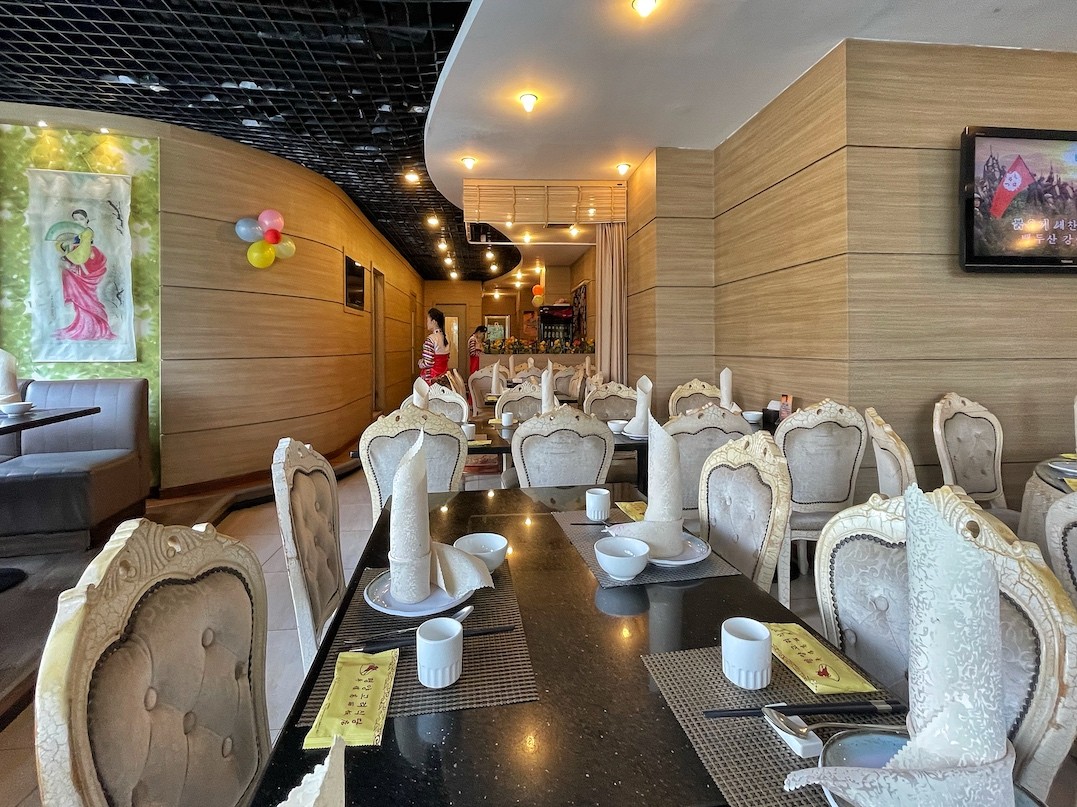
Image by Sophie Steiner/That's
Not surprisingly, there are many “No Photography” signs, despite the bland, beige décor. Surprisingly, these signs are rigorously enforced. Food photos are allowed – yet eyed warily – but photos of the staff, space or even the menu: a definite no. Photos taken discreetly, however, aren’t forcibly deleted.
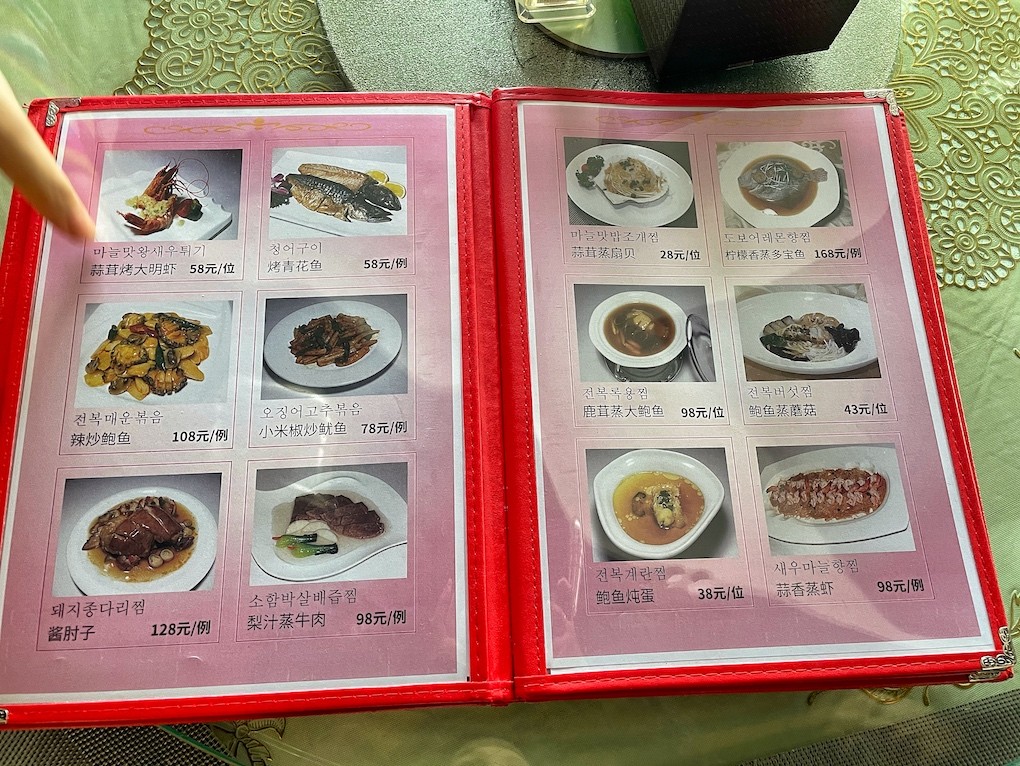
Image by Sophie Steiner/That's
The menu itself is thick, with images of most items and names of dishes listed in Korean and Chinese. No spoken or written English is available. We opted for a set menu for RMB1,888 for six people that includes many of their famous dishes. As portions are large, if you want to sample more, dining with a group is a must.
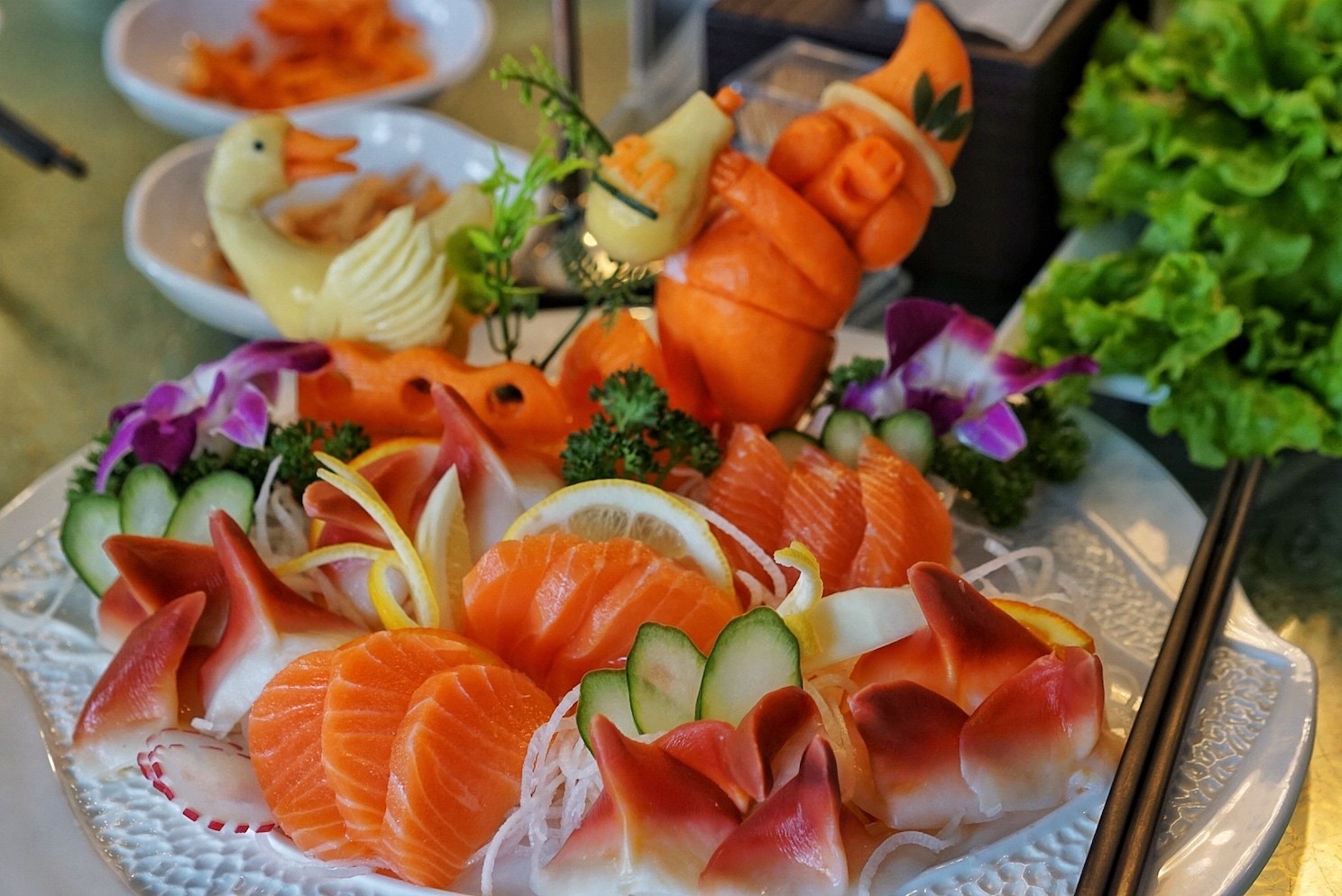
Image by Sophie Steiner/That's
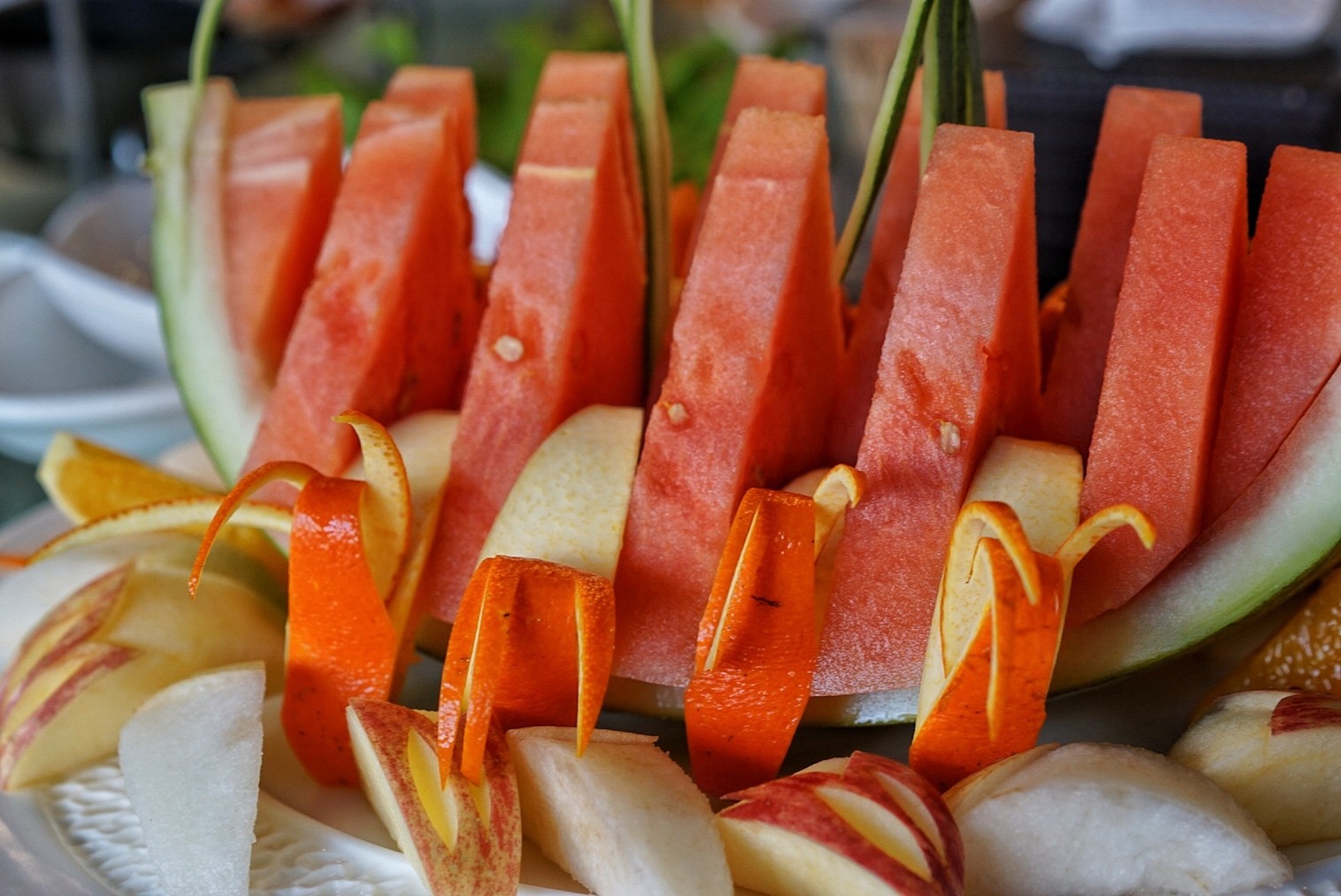
Image by Sophie Steiner/That's
The food arrives in abundance, course after course adorned with elaborate decorations like carrots made into roses, swans carved from ginger, and watermelon and apples sliced into geometric patterns – each carving different from the other tables’, alluding to some serious knife skills that align in quality with other talents we would witness later.

Image by Sophie Steiner/That's
The food overall is hearty, full-flavor and ideal for cold winter nights – grilled meats, bubbling stews, steamed vegetables, sizzling hot plates, pungent kimchi and assorted pickled and fermented banchan (side dishes) cover every inch of the table.
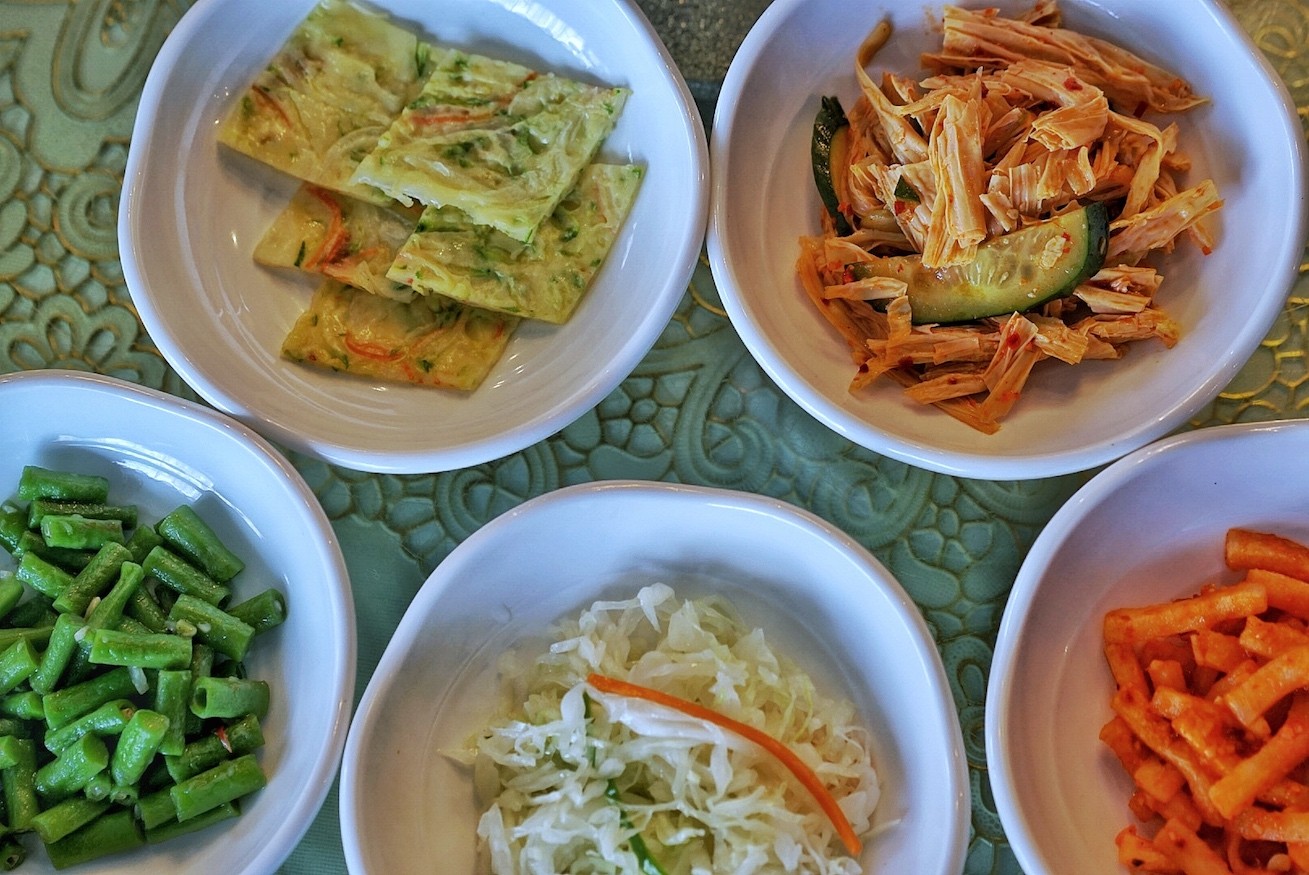
Image by Sophie Steiner/That's
Flavors tend to be milder than in South Korea, but that isn’t to say the food is flavorless. In fact, the opposite; the cuisine is similar to food eaten across all of unified Korea 80 years ago, before Western influences invaded the Seoul palate.
Dishes like tteokbokki slathered in gochujang sauce, Korean fried chicken and open-flame, modern Korean BBQ that we now associate with South Korea came to be staples in the last 70 years as South Korea became a greater global influence in cuisine, language and culture. (v), (vi), (vii)

Image by Sophie Steiner/That's
However, the food of North Korea is rustic, sharing similarities with that of Manchuria, Northern China and Russia, resulting in more savory, sour flavors paired with traditional cooking techniques. Rice, or in our case, cold noodles, are typically served at the end of the meal with soup as a ‘filler.’(i), (ii)
READ MORE: I Spent a Week in North Korea with Dennis Rodman
Being in Shanghai, after all, the portions were enough to feed double the number of people we had, so a filler wasn’t necessary, and both the cold noodles (naengmyeon in Korean) – a Pyongyang signature dish that is so famous it even has a song written about it – and the soup, were two of our favorites.

Image by Sophie Steiner/That's
Similar to South Korea, kimchi is eaten with most meals, but the traditional cabbage version we ate here is sourer and spicier, with a thinner sauce than we are used to. Following the banchan nibbles, a cooked vegetable salad and a raw vegetable salad with thinly sliced duck filled the table, soon shadowed by a heaping platter of fresh salmon and surf clam sashimi.
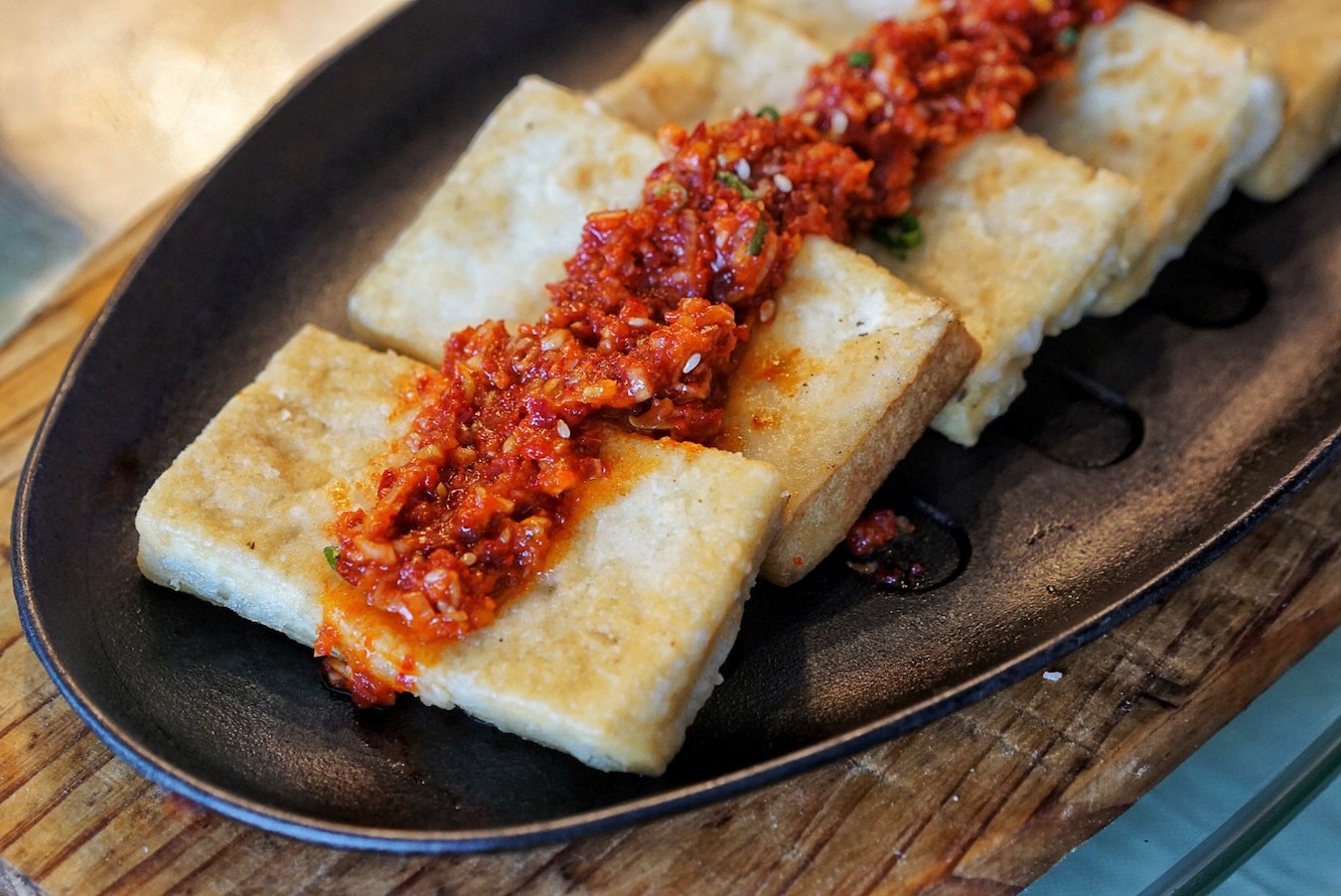
Image by Sophie Steiner/That's
Seared tofu cubes topped with a milder version of gochujang preceded a large tray of expertly grilled BBQ meats – fatty pork belly, thick cut beef, lamb chops cooked like tenderloin steak and two kinds of bulgogi, meant to be wrapped in lettuce leaves and drizzled with sauce before devouring.

Image by Sophie Steiner/That's
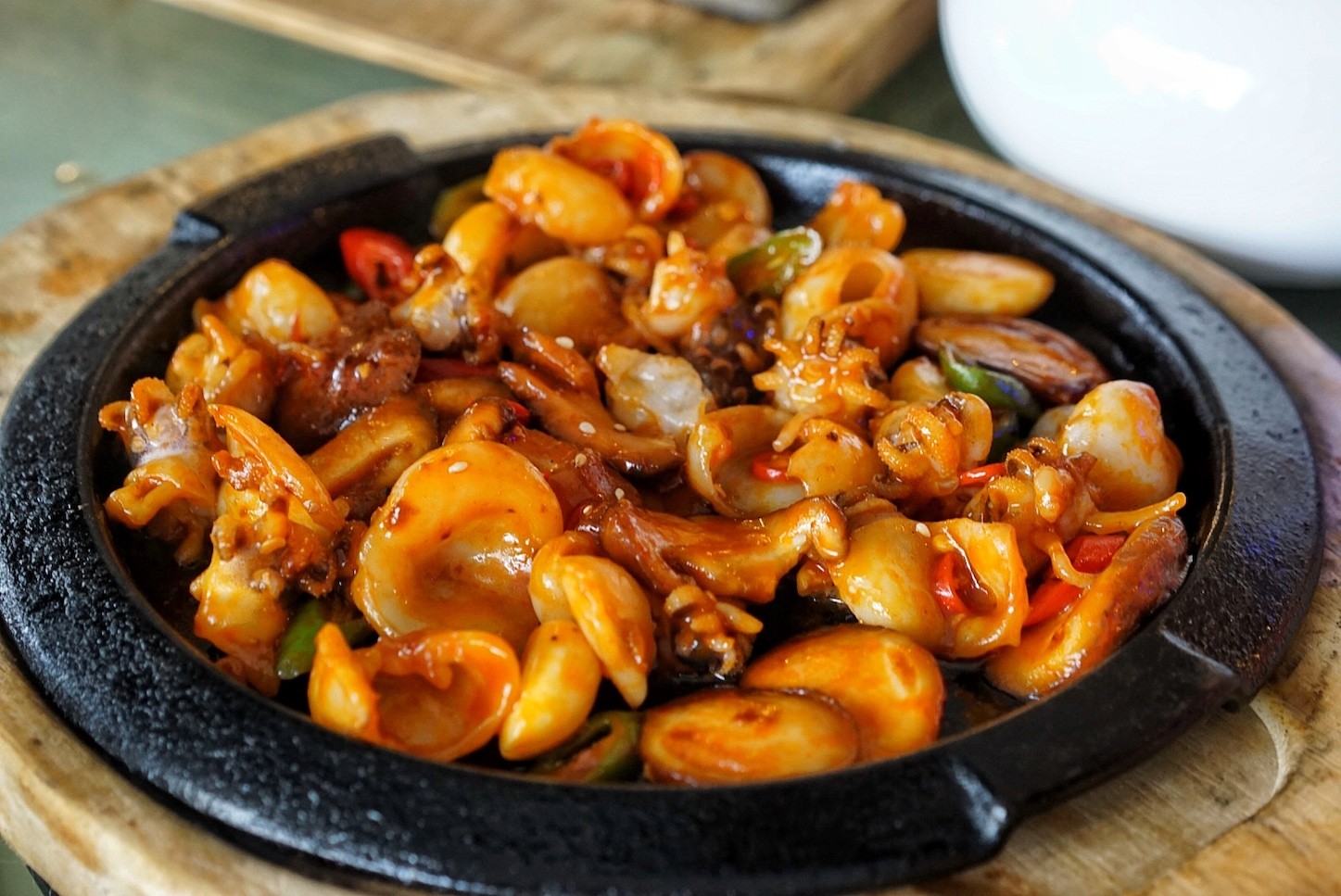
Image by Sophie Steiner/That's

Image by Sophie Steiner/That's
Steamed Pyongyang matsutake mushrooms – known for being the most flavorful mushrooms in all of Korea – symmetrically line an aluminum packet that is sliced open tableside to release their umami aroma directly into your nostrils.
A sizzling hot plate of baby squid and shitake mushrooms is overlooked for another serving of kimchi dumpling hotpot that tastes like the perfect marriage of South Korean kimchijjigae and Russian sweet and sour prakas soup.

Image by Sophie Steiner/That's
This restaurant also has Taedonggang beer, the most famous of North Korean beers, in stock. However, it’s on the expensive side for a Tsingtao-quality level of brew, at nearly RMB70 for a small bottle and RMB76 for a glass on draft.

Image by Sophie Steiner/That's
The servers speak perfect Mandarin, only when spoken to – but also Korean with our fellow South Korean diners – who explained that the language itself is the same between the two countries, but the tone and vocabulary used in North Korea is more formal. (iii), (iv)
The standard of service is high, full of courteous smiles, with borderline uncomfortably attentive waitstaff that serve dishes so efficiently that sometimes food just appears on the table without you noticing before they have already disappeared again.
READ MORE: The Communist Divide: Cruising the China-North Korea Border
Though friendly, the servers are not looking to chat or answer questions. Little is known of their lives, but it’s generally believed that they have minimal contact with the world outside of the restaurant and that they are closely monitored and discouraged from meeting with non-North Koreans.
Many of the servers are chosen from higher class families, making them less likely to flee the regime. Though there are exceptions – like when 13 staff fled from a North Korean restaurant in Ningbo in 2016, ending up in South Korea.

Image by Sophie Steiner/That's
Like the exuberant flair coming out of the kitchen (both carving and cooking), the same level of overachievement is displayed in the talent show-esque performance that diners enjoy mid-meal.
All North Korean restaurants are known for these pageantry-filled song and dance presentations that are hosted by the same North Korean waitstaff, but with even bigger smiles plastered so far across their face that it looks borderline painful.
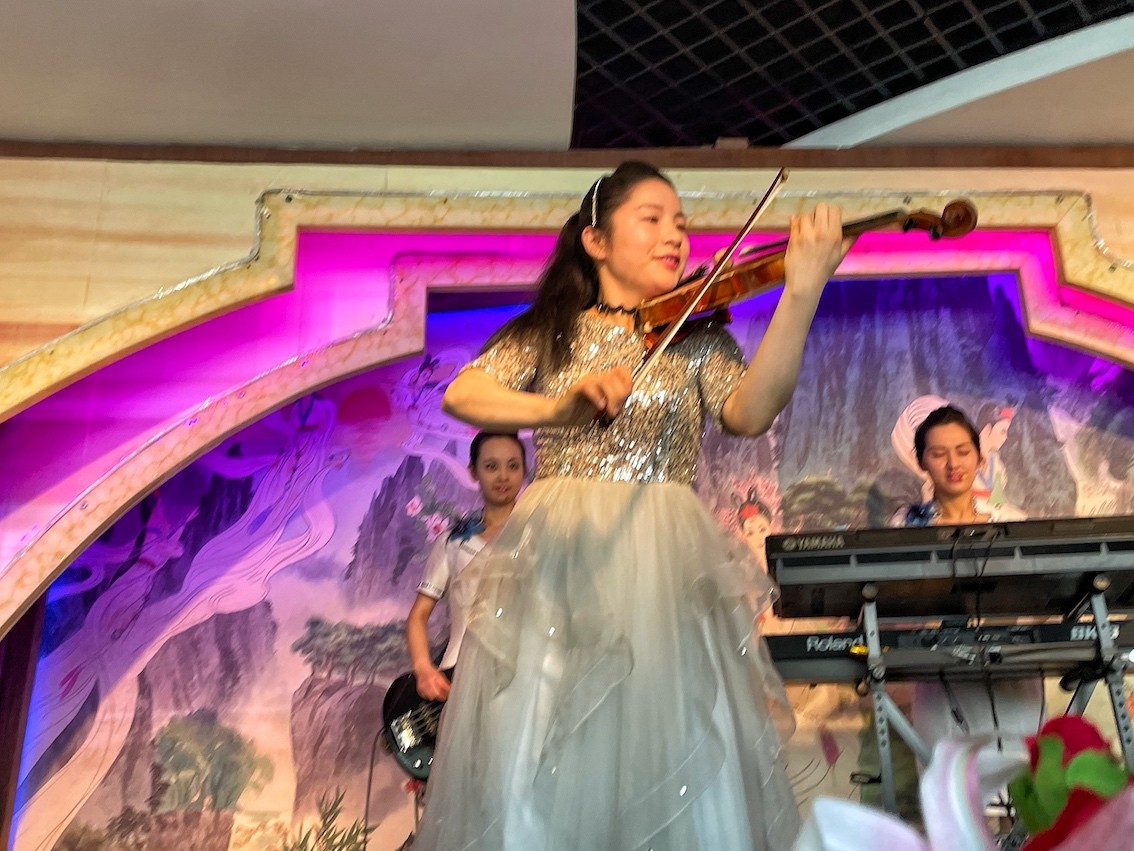
Image by Sophie Steiner/That's
The presentation is held in Chinese, with songs in both Korean – like ‘Pangapsumnida’ – and Chinese – like ‘There Would Be No New China Without the Communist Party.’
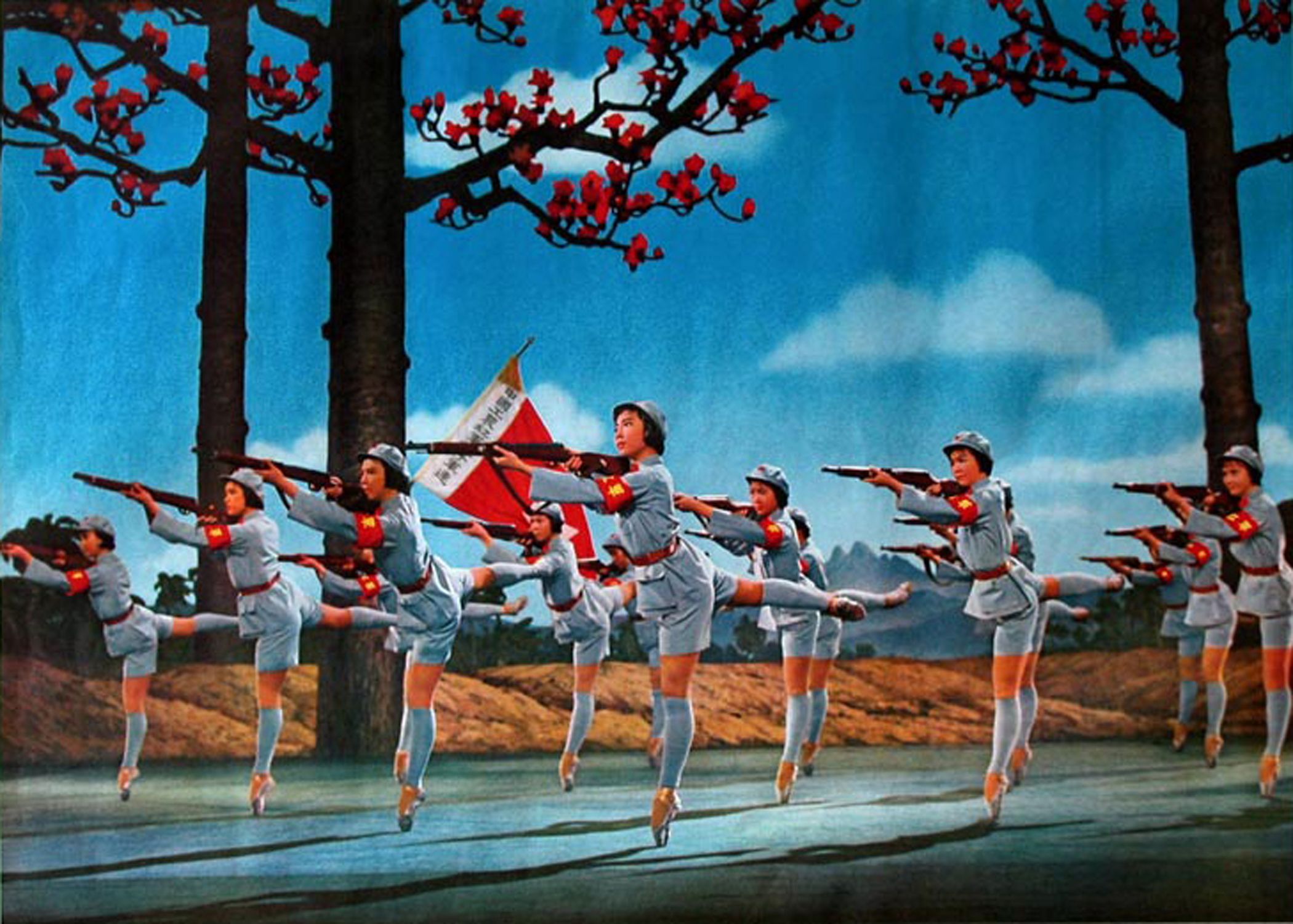
Red Detachment of Women, Image via avax.news.com
We also witnessed a violin solo to ‘We Will Rock You,’ a saxophone jazz rendition of ‘Last Christmas’ and a tap dance performance that eerily resembled that famous postcard of the Mao-era Red Detachment of Women Chinese ballet performance sans the rifles. These are excessively over-skilled performers for a lunch show at a semi-random restaurant in Gubei.

Image by Sophie Steiner/That's
After the 25-minute performance concluded for the main hall, the cast moved to a private room where they presented the entire show again for a group of just five people who we can only assume hold some clout... but we could be wrong.
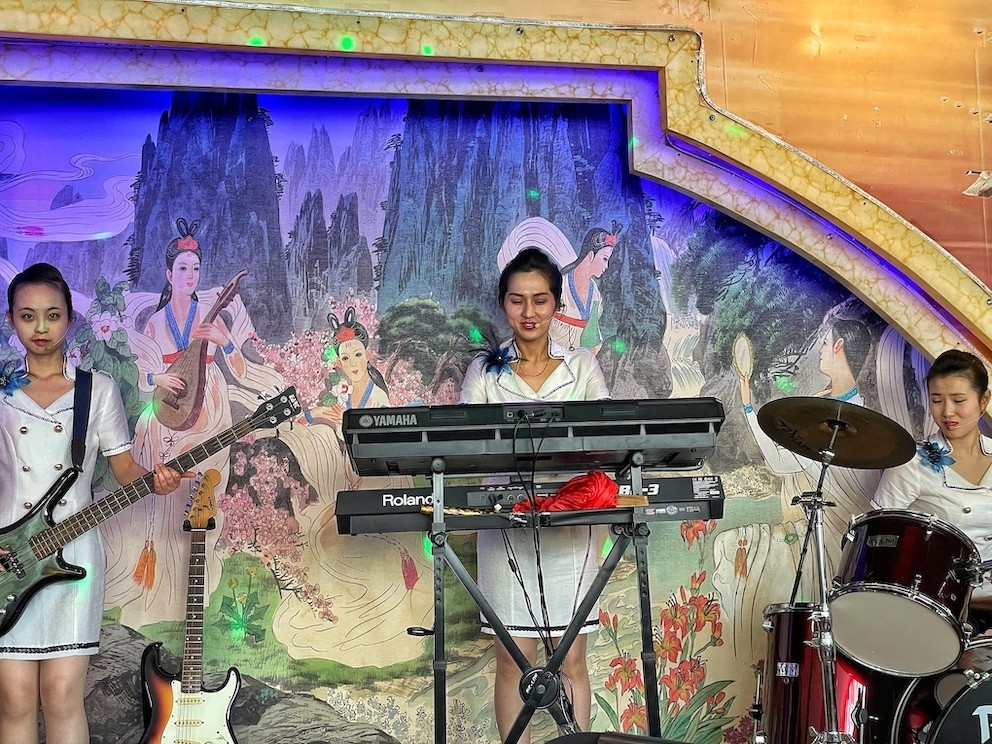
Image by Sophie Steiner/That's
The restaurant, that can seat roughly 100 people, is part of a system of businesses that are known for both their North Korean fare but also for allegedly relaying intelligence back to the Kim Jong Un regime. A report by Chosun Ilbo, a South Korean newspaper, recently estimated that between RMB650,000-1,950,000 is funneled back to the North Korea government every year from each one of these restaurants, with the largest demographic of spenders being South Koreans and other foreigners – a peculiar way to experience the DPRK while simultaneously, and somewhat inadvertently, supporting its existence.
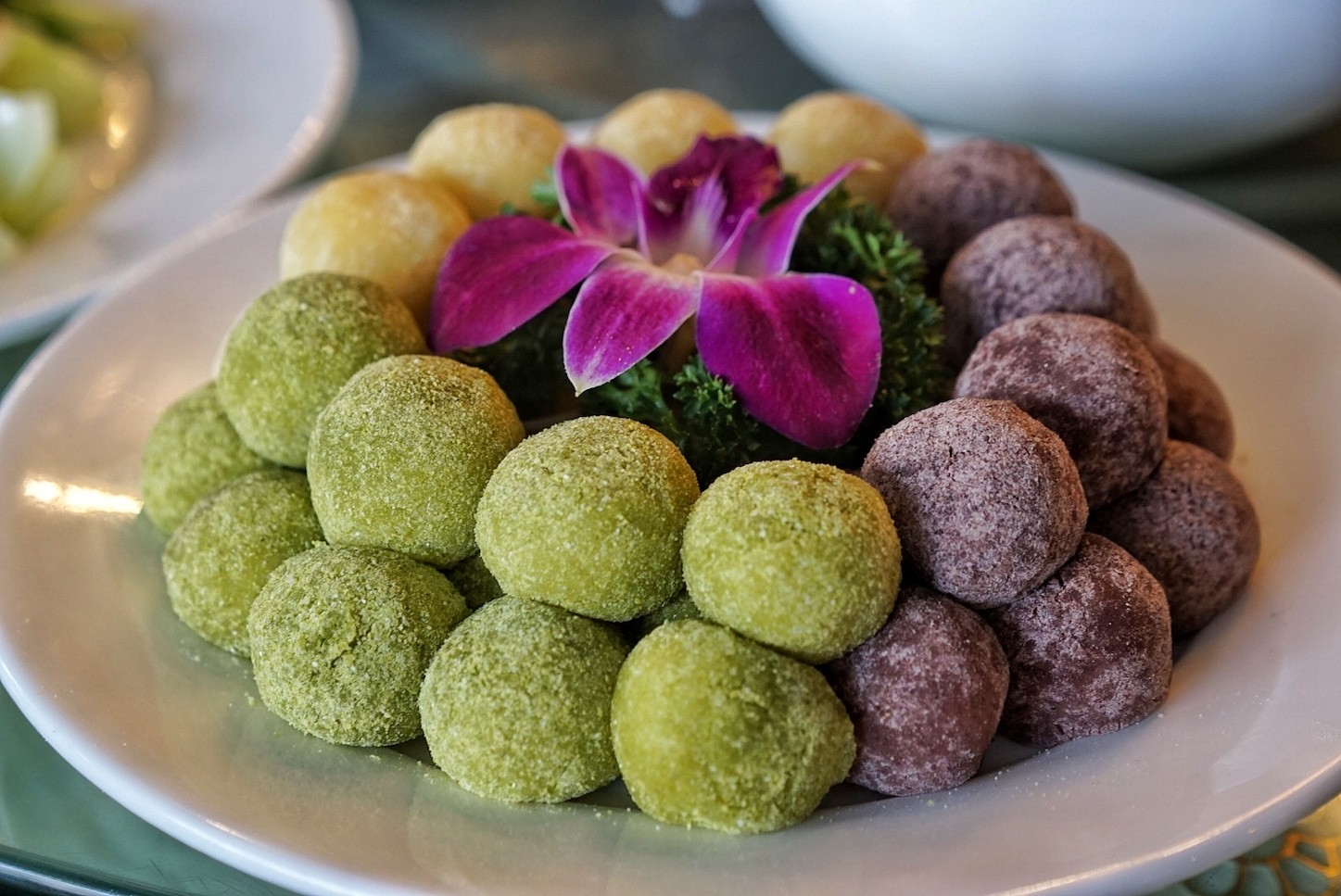
Image by Sophie Steiner/That's
The meal ended with tri-colored glutinous rice cakes, a New Year’s traditional Korean dish where eating one of all three colors will bring the consumer good luck in the coming year. As we munched our peanut, red bean and green tea-flavored dessert, stroked our bursting bellies and recounted the spectacle of a performance we had just experienced, we were left wondering – did we just enjoy lunch with a side of propaganda?
Here is a summary of the food and beverages we consumed, typical of most North Korean restaurants. A la carte options are also available.
Food:
1. 송이버섯구이 [Song-i beoseot gu-i]: Grilled matsutake
2. 연어북방조개회 [Yeon-eo bukbang joggae hwe]: Salmon & northern clam sashimi
3. 통김치 [Tong kimchi]: Whole kimchi
4. 오색나물 [O-saek namul]: Five-colored vegetables
5. 오리훈제남새(냉이)무침 [O-li hunje namse (naeng-i) muchim]: Tossed vegetables with smoked duck
6. 종합불고기 [Jonghap bulgogi]: Assorted bulgogi (beef)
7. 두부구이 [Dubu gu-i]: grilled tofu
8. 새끼양갈비구이 [Sekki yang galbi gu-i]: grilled lamb chop
9. 쟁반냉면 [Jaengban naengmyeon]: cold noodles on a tray
10. 꼴뚜기구이 [kkolttugi gu-i]: stir-fried beka squid (baby octopus)
11. 김치만두전골 [Kimchi mandu jeongol]: Kimchi dumpling hotpot
12. 유채버섯볶음 [Youchae beoseot bokkeum]: canola herb and mushroom stir-fry
13. 삼색경단 [Samsek gyeongdan]: three-colored rice cake
14. 꽃간낭볶음 [Kkot gannang bokkeum]: stir fried flower baby cabbage
15. 과일: fruits
Drinks:
1. 대동강맥주 [Daedonggang maekju]: Daedonggang beer
2. 배유자차 [Bae yuja cha]: Pear citron tea
Sources:
(i) Emory University’s Scholar Blogs author Christina Ji Young Chang in the article The Role of Korean Ramyeon states, “The history of Korean ramyeon [Korean noodle dish] began in 1963, as a cheap filler food during the post-Korean war age when most were famished."
(ii) North Korean Cuisine – A Complete Guide, as published by Young Pioneer states, “In North Korea, rice is traditionally served at the end of the meal, often with soup and is considered a “filler”, rather than something to be enjoyed.”
(iii) Bridging the North and South Korean Language Divideby Language Magazine, “The two Koreas’ vocabulary are 30% to 40% different in everyday life and more than 60% different in professional settings.”
(iv) Young Pioneer article entitled Korean Language: Is South Korean Different to North Korean? by Rowan Beard, an author who visited the DPRK over 100 times in the last 10 years, he wrote, “Whilst largely similar, the North Korean dialect used in North Korea tends to be more formal, and typically doesn’t include many English language loanwords used in the South Korean dialect.”
(v) Korean Cuisine, An Illustrated History by Michael Pettid, “The opening of Korea to the Western world brought further exchange of culture and food.” (see also here)
(vi) South China Morning Post states, “Spicy tteokboki is generally acknowledged to have a more recent origin. Developed in 1953, the year the Korean war ended, the recipe can be traced back to a woman in Seoul who made the rice cakes with gochujang sauce as an affordable comfort snack.”
(vii) The History of Korean Barbeque, Banchan and Dry-Aging. “In the 1950s, bulgogi became popular once again with the introduction of slicing machines that came to Korea from the U.S military during the Korean War. These slicing machines allowed meat used to prepare bulgogi to be sliced more thinly. This contributed to the rebound of bulgogi’s popularity as serving the beef in extremely thin slices meant it cooked faster for diners.”
See a listing for Pyongyang Korean Restaurant.
This article was originally published on August 4, 2021. It has been updated on September 15, 2021.
[Cover image by Sophie Steiner]



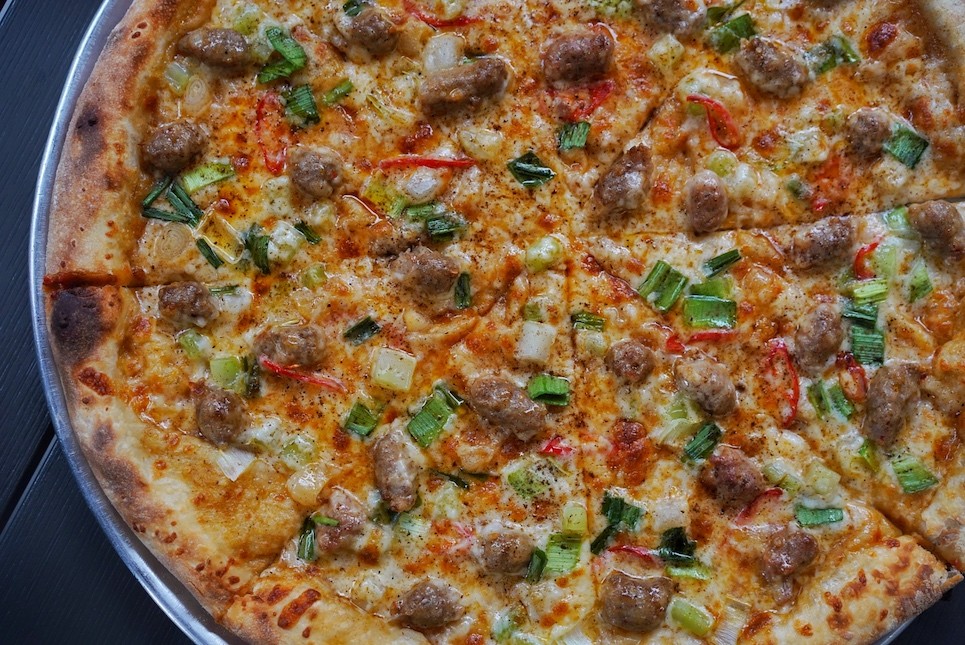

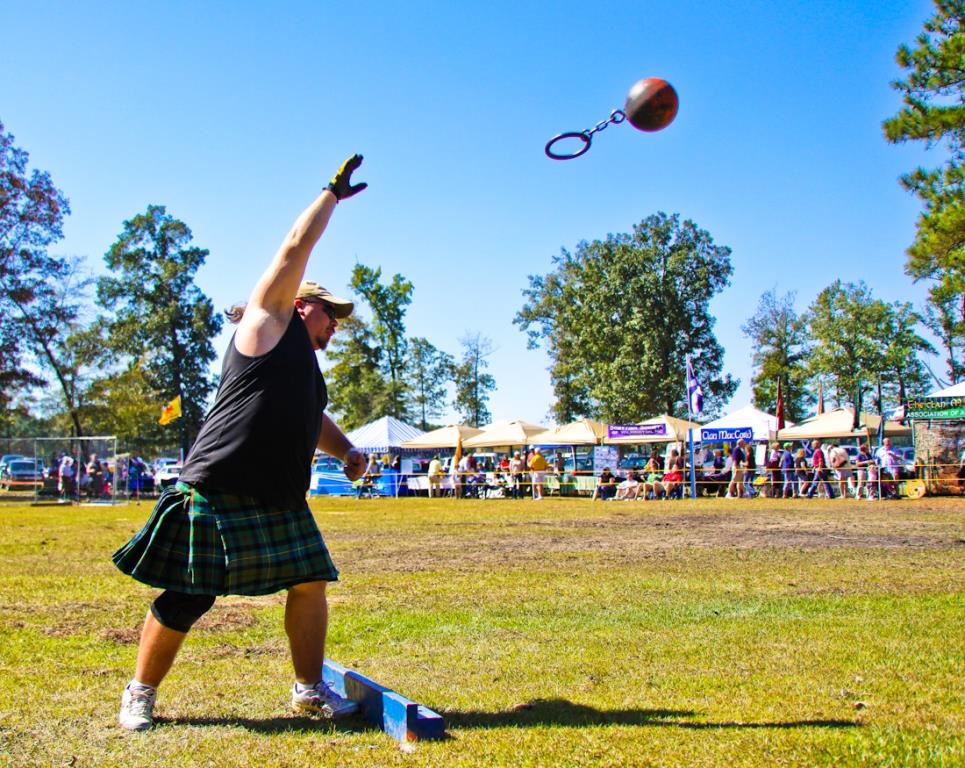














0 User Comments